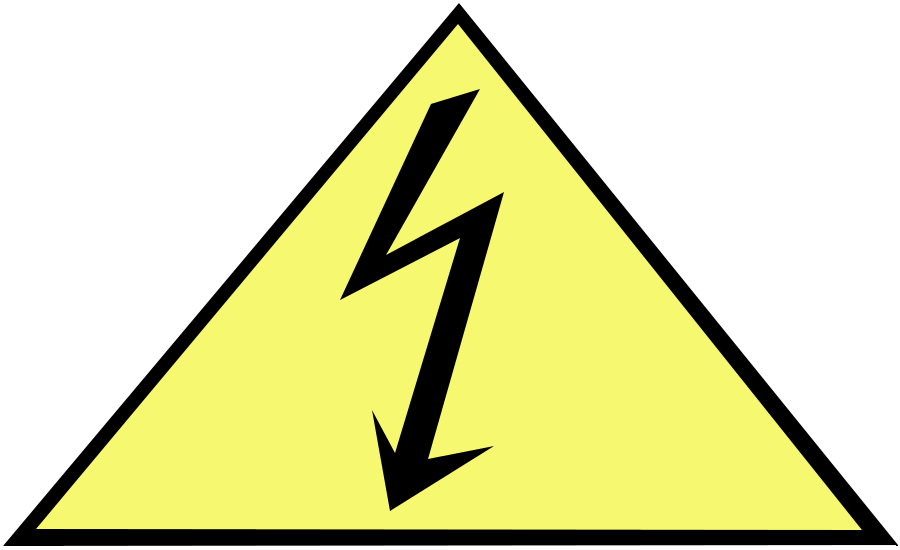When someone suffers an electrical shock, they actually are – at that moment – part of an electrical circuit. The severity of the injuries they sustain depends on three primary factors: the amount of current flowing through the body (measured in amperes); the path of the current through the body and the length of time the body is in the circuit.
Other factors that may affect the severity of the shock include the voltage of the current, whether or not there’s moisture in the immediate environment, the phase of the heart cycle when the shock occurs and the general health of the person who experiences the shock. Wet skin dramatically drops the body’s resistance. Under dry conditions, human skin is very resistant.
Effects can range from a barely perceptible tingle to severe burns and cardiac arrest.
While it is not known exactly what injuries result from specific amperages, there is a generally accepted relationship for a 60-cycle, hand-to-foot shock that lasts for one second. At the lower level of risk, an exposure of 1 mA Milliamperes can result in a slight tingling sensation. A 5mA current level can deliver a slight shock. At 6mA to 16mA, the shock is painful and can cause a loss of muscular control.
Shocks in the 17mA to 99mA range cause extreme pain, respiratory arrest and severe muscular contractions and possibly death. The person is unable to let go of what he or she is holding. At 100mA to 2,000mA, there’s a high risk of ventricular fibrillation (uneven, uncoordinated pumping of the heart) and muscular contractions. Nerve damage begins to occur and death is likely. Shocks over 2,000ma can cause cardiac arrest, internal organ damage, and severe burns. Death is probable.
Source: OSHA



